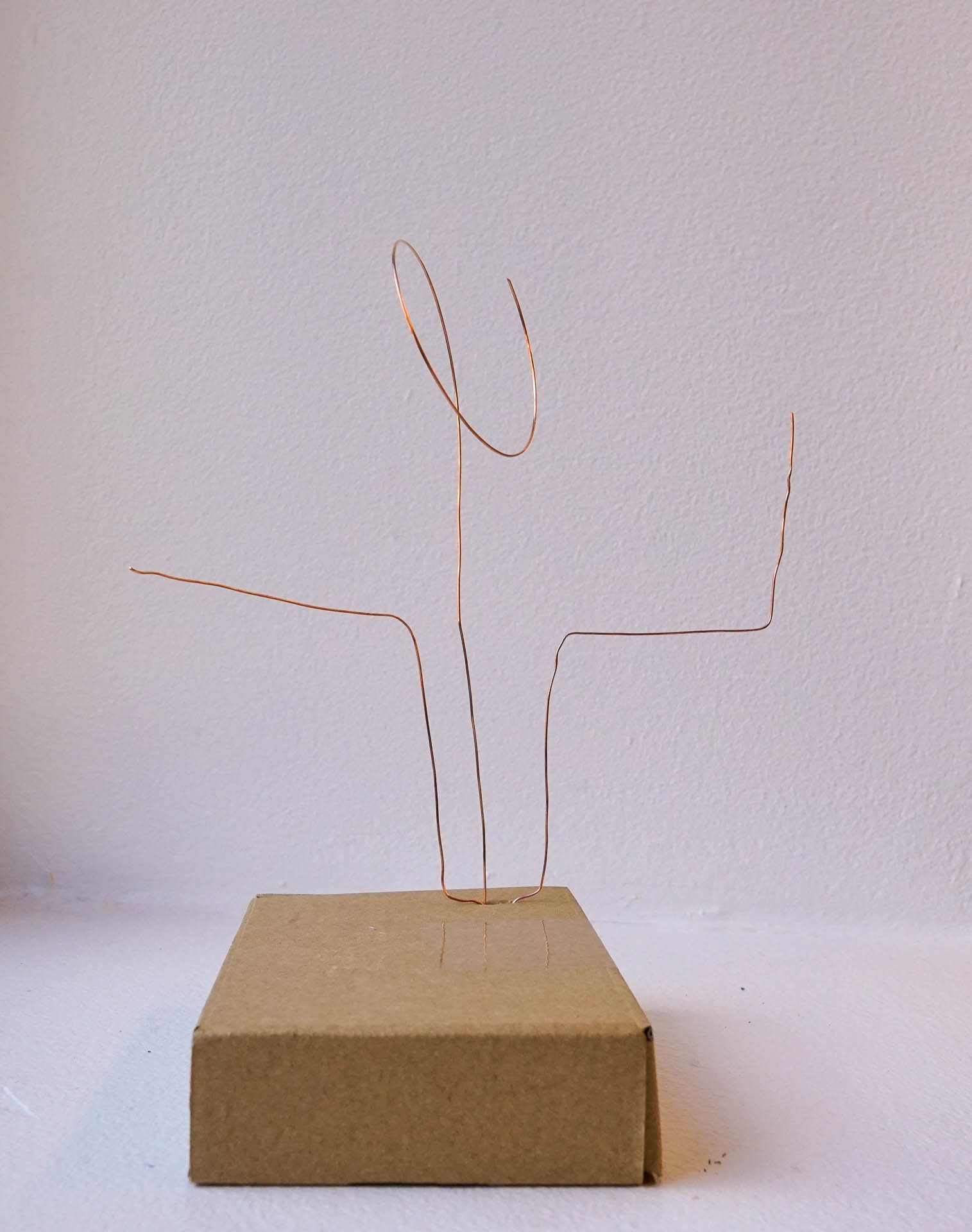Concept Formation Process Paper
I’m working on researching a new approach toward machine intelligence. Machine intelligence is built for humans, by humans, using human models of intelligence. But what if machine intelligence was built for the planet, for the planet, using diverse models of intelligence? We’re currently at a very critical juncture in the development of machine intelligence. As the technology matures and becomes more capable, we must ask ourselves whether the development of this technology is headed in the right direction. This exploration can take several forms, with the primary intention being to question, provocate and think of new ways in which this technology can be used. A metric of success for this project will be how many more questions I will end up asking toward the end.
The main drivers of this project will be the provocations which will enable the iterative development of concepts and prototypes. These prototypes can take the form of visuals, physical objects, computational forms, documents, and more. One of the first prototypes developed for this project was an exploration of a non-human sense. All objects powered by electricity, and beings with a nervous system cause disturbance in the electromagnetic field around them. Some creatures are even able to sense these disturbances to look for prey. Objects driven by electricity, especially those with sensitive circuitry can be quite susceptible to these disturbances. These objects can feel the presence of other electronic devices and biotic beings simply through these disturbances, and without the need for any physical contact. The prototype is a simple device through which we can see the world through the electromagnetic spectrum.

The intention with this prototype is to see the world through a non-human lens and reflect on the experiences of doing so.
One of the underlying themes of this project is to reflect on the idea that the planet isn’t only inhabited by humans, and that we’re simply another passenger on spaceship Earth. This realisation is important because it helps us contextualize our existence on this planet.
Another idea that will be explored is that of planet Earth having created humans for a purpose. What is this purpose? What is our role? Was there a reason we were created by the planet so to speak? Is there merit to thinking of these paradigms which are different to the ones we are otherwise used to? Proposing these alternate paradigms and thinking through them can help us reflect on our current reality and understand the changes we need to make in our world.
What if machine intelligence could be used to further the goals of other species on Earth, or of the planet Earth itself? What if we were created by the planet to create machine intelligence, a species of intelligence which will outlive us?
Here’s another reality to think through–What does a post-human world look like? Can we influence this future, perhaps actively design toward it? Would machine intelligences outlive us, intentionally so? Or perhaps, should we work towards removing traces of our existence completely?
Some of these questions don’t have a logical answer, they are philosophical in nature and warrant discussion and discourse which can help us reach certain conclusions. The reason why this thesis is important for me, is that I feel it’s important to take a step back and question our relationship with the planet. We’re reaching a critical juncture not only in the development of machine intelligence, but also of our own existence on the planet. We’re accelerating towards a reality which may lead to the destruction of our planet and by extension–our existence. We need to reassess our activities and look for potential solutions, one of which might be machine intelligence. Machine intelligence is also interesting because of the fact that it behaves like an intelligent being, and makes autonomous decisions. Of course, this isn’t new, there are plenty of intelligent beings on the planet, but there’s something very interesting about an artificial, human created machine which behaves autonomously. Could we use these artificially created machines to help the planet, and by extension, ourselves?
There may or may not be any actual solutions or answers from this project. But the hope is that something interesting emerges in the process of finding answers.
Design Values Checklist
How might we create machine intelligence to imagine new futures for the planet?
Theme
This research is primarily about thinking of alternate futures of our planet through the conceit of machine intelligence. The resultant work is the process of the research itself, which includes questions and provocations raised through small prototypes. The intent is for the viewer to question the status quo and think about what changes would be needed in our reality in order to achieve these alternate futures.
Point Of View
The viewer is to reflect on their existence and their relation to planet Earth. With humankind reaching a critical juncture in their existence, and that of the planet, what should we be focusing on?
Perception
The piece is to be presented as a story, a description of multiple alternate realities, which could take the form of physical prototypes, visuals, interfaces, and other transmedia.
Context
It’s easy to get pessimistic with the state of things as they are currently, but with this project I hope to show a way forward, a plan of action, or things we can set out to do in order to help ourselves.
Inspiration
This project is inspired by the domain of speculative design, science fiction, and the wonder of communicating with other intelligent beings.